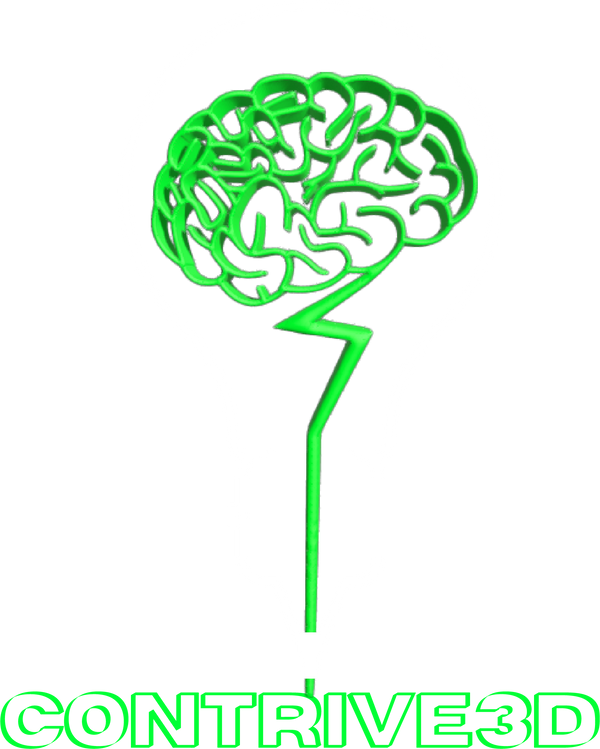3D printing has become increasingly popular in classrooms around the world as a powerful tool for teaching and learning. This innovative technology enables students to create and design their own objects, providing an engaging and interactive learning experience. In this blog post, we will explore some of the best 3D prints to use in the classroom.
-
Math Manipulatives: 3D printing allows educators to create tangible objects that can help students understand mathematical concepts. For example, you can print geometric shapes, number lines, or fraction tiles that can be used to teach students about geometry and arithmetic.
-
Science Models: 3D printing can be used to create models of various scientific concepts, such as the solar system, the human body, or the water cycle. These models can help students visualize and better understand abstract concepts, making learning more engaging and effective.
-
Historical Artifacts: 3D printing can be used to create replicas of historical artifacts such as fossils, ancient tools, and sculptures. This provides students with a unique opportunity to explore history and learn about different cultures and time periods.
-
Language Arts: 3D printing can be used to bring literature to life by creating physical representations of characters and objects from stories. This can help students understand the text better and make reading more engaging.
-
Engineering Design Challenges: 3D printing can be used to create design challenges for students to solve. For example, students can be challenged to create a bridge or a tower that can withstand a certain amount of weight. This encourages students to think creatively and apply engineering principles in a fun and engaging way.
-
Art and Design Projects: 3D printing can be used to create unique art and design projects. For example, students can design and print their own jewelry, keychains, or other decorative objects. This allows students to express their creativity and learn about design thinking and prototyping.
In conclusion, 3D printing is a powerful tool for teaching and learning. By using 3D prints in the classroom, educators can provide engaging and interactive learning experiences that help students better understand complex concepts. Whether you are teaching math, science, history, language arts, or art and design, there are many ways to incorporate 3D printing into your curriculum.

